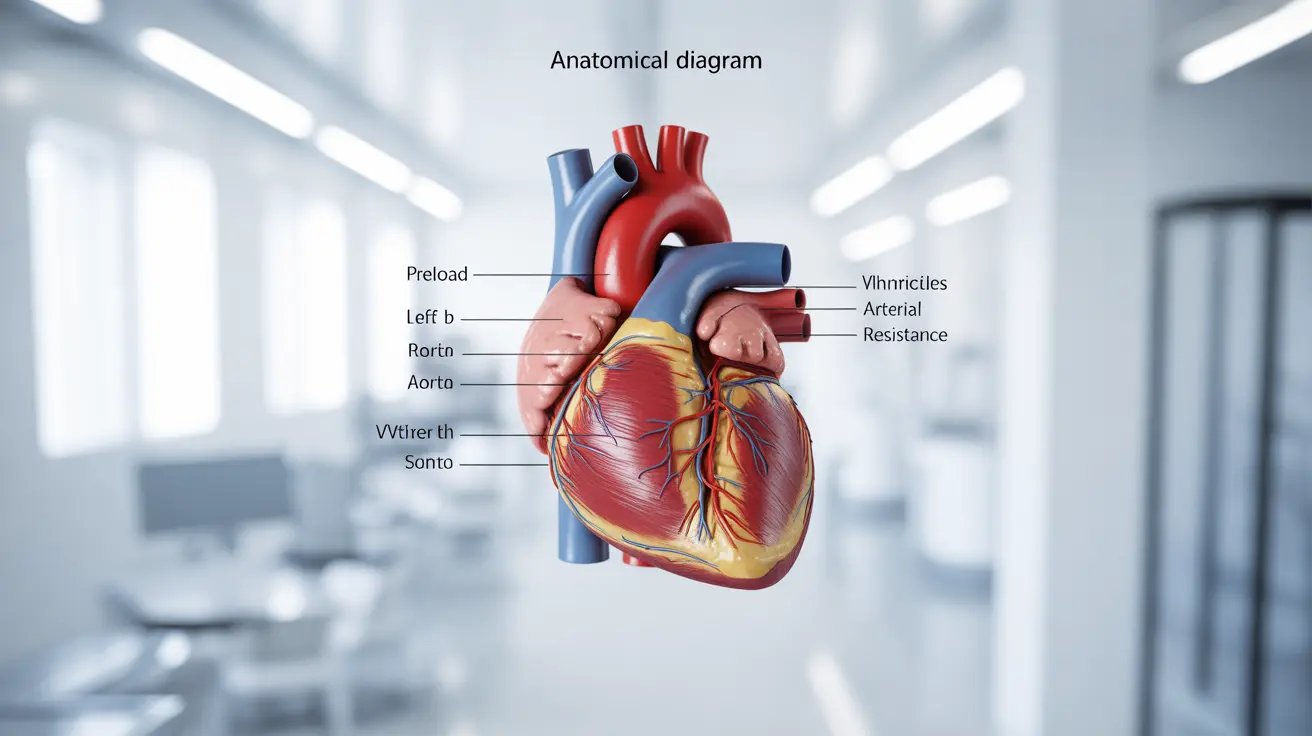Kyphoplasty is a cutting-edge, minimally invasive surgical procedure designed to treat painful spinal compression fractures. This innovative technique has revolutionized the way doctors approach vertebral fractures, offering hope to patients suffering from debilitating back pain and reduced mobility. In this article, we'll explore the ins and outs of kyphoplasty, its benefits, and what patients can expect from this procedure.
For individuals grappling with the effects of osteoporosis, spinal injuries, or certain cancers that weaken the bones, kyphoplasty can be a game-changer. By restoring vertebral height and stabilizing fractures, this procedure aims to alleviate pain and improve quality of life, often allowing patients to return to their daily activities with renewed vigor.
Understanding Kyphoplasty and Its Applications
Kyphoplasty, sometimes referred to as balloon kyphoplasty, is a specialized procedure used to treat vertebral compression fractures. These fractures occur when the bones of the spine collapse, often due to weakening caused by conditions like osteoporosis or cancer. The primary goal of kyphoplasty is to restore the height of the affected vertebra, stabilize the fracture, and provide pain relief.
Who Can Benefit from Kyphoplasty?
Kyphoplasty is typically recommended for patients who have been diagnosed with painful spinal compression fractures that haven't responded to conservative treatment methods. Ideal candidates for this procedure include:
- Individuals with osteoporosis-related spinal fractures
- Patients with vertebral fractures due to spinal injuries
- Those suffering from spinal fractures caused by certain cancers, such as multiple myeloma
- People experiencing severe, disabling back pain that hasn't improved after several weeks of non-surgical treatments
It's important to note that kyphoplasty is most effective when performed within a few months of the fracture occurring. Your healthcare provider will assess your specific situation to determine if kyphoplasty is the right treatment option for you.
The Kyphoplasty Procedure: What to Expect
Kyphoplasty is typically performed in a hospital or outpatient clinic setting. The procedure is minimally invasive, which means it requires only small incisions and generally results in faster recovery times compared to traditional open surgery. Here's a step-by-step overview of what patients can expect during a kyphoplasty procedure:
- Preparation and Anesthesia
- Needle Insertion
- Balloon Inflation
- Cement Injection
- Completion and Recovery
The entire procedure usually takes about an hour per treated vertebra. Most patients experience immediate pain relief following the surgery, though some may need a short period of recovery before noticing significant improvements.
Benefits of Kyphoplasty
Kyphoplasty offers several advantages for patients suffering from spinal compression fractures:
- Significant pain reduction
- Improved mobility and function
- Restored vertebral height
- Reduced risk of future fractures in the treated area
- Minimally invasive approach with faster recovery times
- Potential decrease in the need for pain medications
Many patients report a dramatic improvement in their quality of life following kyphoplasty, with reduced pain allowing them to return to activities they previously found challenging or impossible.
Potential Risks and Considerations
While kyphoplasty is generally considered safe and effective, like all medical procedures, it does carry some risks. Potential complications may include:
- Infection at the injection site
- Bleeding
- Allergic reactions to the bone cement or medications used
- Nerve damage
- Cement leakage
It's worth noting that kyphoplasty typically has a lower risk of cement leakage compared to vertebroplasty, another treatment for spinal compression fractures. This is due to the use of the balloon, which creates a more controlled space for cement injection.
Preparing for Kyphoplasty
If you're scheduled for a kyphoplasty procedure, your healthcare team will provide specific instructions to help you prepare. Generally, you'll need to:
- Inform your doctor about all medications you're taking, including over-the-counter drugs and supplements
- Stop taking blood-thinning medications as directed by your doctor
- Avoid eating or drinking for several hours before the procedure
- Arrange for someone to drive you home after the surgery
Following these guidelines helps ensure a smooth procedure and reduces the risk of complications.
Frequently Asked Questions
How long does it take to recover from kyphoplasty and when can I return to normal activities?
Recovery from kyphoplasty is typically quick. Most patients can walk shortly after the procedure but are advised to rest in bed for the first 24 hours. After this initial rest period, you can gradually return to your regular activities. However, it's important to avoid heavy lifting and strenuous activity for at least 6 weeks. Always follow your doctor's specific post-operative instructions for the best recovery.
What are the risks and benefits of kyphoplasty compared to vertebroplasty?
Both kyphoplasty and vertebroplasty are minimally invasive procedures used to treat spinal compression fractures. The main benefit of kyphoplasty over vertebroplasty is the use of a balloon to create a space for cement injection, which can help restore vertebral height and reduce the risk of cement leakage. Kyphoplasty may also provide better pain relief and functional improvement in some cases. However, kyphoplasty typically takes longer to perform and may be more expensive than vertebroplasty.
Who is a good candidate for kyphoplasty to treat spinal compression fractures?
Good candidates for kyphoplasty are typically individuals with painful spinal compression fractures that haven't improved after about two months of conservative treatment. This includes patients with osteoporosis-related fractures, those with spinal fractures due to injury, or individuals with certain types of cancer affecting the spine. The procedure is most effective when performed within a few months of the fracture occurring. Your doctor will assess your specific condition to determine if kyphoplasty is appropriate for you.
How is kyphoplasty performed and what can I expect during the procedure?
Kyphoplasty is performed under local, regional, or general anesthesia. You'll lie face down on the operating table. The surgeon will insert a needle into the fractured vertebra using real-time X-ray guidance. A balloon is then inserted through the needle and inflated to create a space and restore vertebral height. Finally, bone cement is injected into this space to stabilize the fracture. The procedure typically takes about an hour per treated vertebra. Most patients experience minimal discomfort during the procedure and often feel immediate pain relief afterward.
What precautions should I take before and after kyphoplasty surgery?
Before surgery, inform your doctor about all medications you're taking and follow their instructions about which ones to stop. You'll need to avoid eating or drinking for several hours before the procedure. After surgery, rest in bed for the first 24 hours, then gradually increase your activity level. Apply ice to the injection site if it's sore. Avoid heavy lifting and strenuous activities for at least 6 weeks. Don't drive until your doctor gives you clearance. Follow all post-operative instructions provided by your healthcare team to ensure proper healing and minimize complications.
Kyphoplasty offers a promising solution for those suffering from spinal compression fractures, providing pain relief and improved quality of life with minimal invasiveness. As with any medical procedure, it's crucial to discuss the potential benefits and risks with your healthcare provider to determine if kyphoplasty is the right choice for your specific situation.




